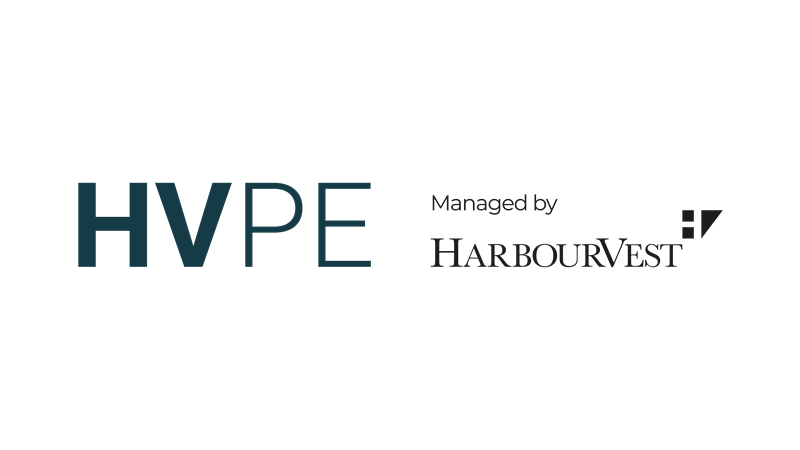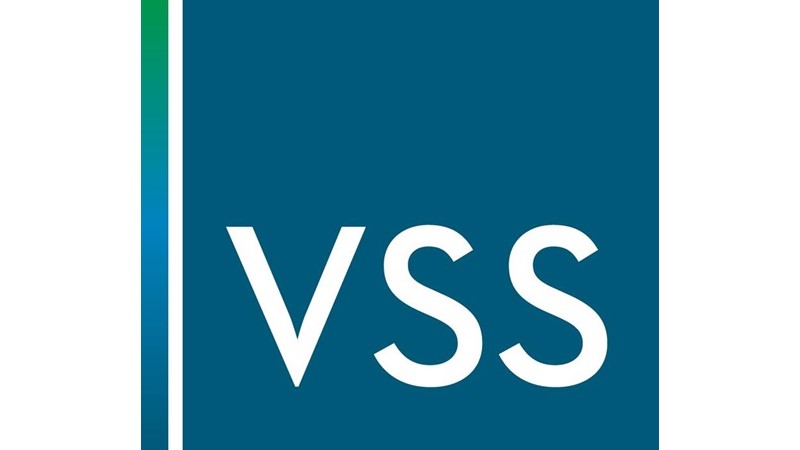Asset Management Firms Thrive With Cultures of Integrity and Accountability
Building great investment teams, providing superior client service, and enabling staff with the tools they need to perform are all hallmarks of a successful asset management firm. Creating a strong culture of integrity and accountability, however, really sets firms apart from the competition. When staff knows they can rely on the firm for support and performance, employee engagement and retention grows. The added benefit—clients recognize a happy, engaged culture as a strong indicator of successful support and performance.
Meticulous compliance to financial laws and regulations should be merely the starting point for accountability. Integrity should be the byword of all firm activities. Moving beyond legal issues like fraud and risk control to everyday workflow, performance, and transparency from coworkers creates a level of confidence and trust within the firm.
Accountability starts at the top. C-level executives and management must provide leadership for the rest of the firm. It’s not enough to make a mission statement, set goals and objectives, and ask employees to commit to excellence. Management must show how it’s done by being the example of accountability they want to see in everyone. To receive trust and confidence from employees, leadership needs to inspire them by their own actions and behaviour.
Encourage Open Communication
Information-sharing can be inherently a matter of trust. By keeping teams informed about their performance and the needs of the firm, leadership can show that they recognise the role that staff plays in the firm’s success. Encouraging feedback as well as providing it makes people aware that their performance matters and that management cares.
Feedback systems and task-tracking technology should be an integral part of team management. By employing a system of checks and balances within processes and the ability to easily review progress, no single employee works in a vacuum. The confidence in support instilled by task monitoring works in both directions. Employees know they have the technological they need to keep on track, and management can determine where pain points are happening that may need help. Achieving short- and long-term goals becomes a team effort and reduces stress by eliminating the reliance on individuals to remember and manage every single routine task on their own.
Create Visible Workflows
Ensuring that team members know what their responsibilities are and how they need to address them should be the first step in accountability. Clear guidelines for performance reduce miscommunications and encourage follow-through by the responsible individuals. Once someone understands their job requirements and demonstrates follow-through, they can be depended on by their coworkers to perform. Accountability processes build trust among team members that people will not only accomplish their own responsibilities, but also provide support to others when necessary.
In a team environment, members are individual contributors who support the team’s overall contribution. For asset management firms, planning and documenting workflows provides a high-level view of processes and the staff responsible for them. By designing checks and balances, critical steps within each process have clear definitions and reviews for accomplishment.
The integrity of system depends on the accountability of the individuals involved. Delineating responsibilities and assigning appropriate oversight reduce the potential for fraud, errors, and omissions. The context for these reviews is to ensure compliance, accuracy, and successful completion of tasks rather than to micro-manage performance. With a software application that provides easy, up-to-date access to workflows, inconsistencies in performance can become obvious and addressed before they create bigger problems.
Accountability Leads to Employee and Client Retention
Company culture remains a primary factor for employees who are happy in their positions. Environments that encourage communication and trust have excellent employee retention rates. In fact, studies have consistently shown that employees leave firms when they feel the business does not hold coworkers sufficiently accountable for their work or that management does not listen to concerns. People want to get their jobs done, not worry that someone else is an obstacle to their performance.
With communication and trust, employees can bond on the unifying goal of firm excellence and achievement. When employees view the firm’s success as their own success, they become more engaged, more cooperative with coworkers, and more likely to remain with the company.
With this culture of accountability, client retention and recommendations become a critical and beneficial side-effect. Prospective clients are keen to know that everyone within the firm shares a drive for excellence and will review staff turnover data for an indicator of confidence. Investors will even interview former staff to receive a fuller understanding of turnover rates and the culture of the firm that goes beyond the best-foot forward information the firm provides. A stable firm is viewed as a long-term, trustworthy one.
Open communication and transparency extends to the client level. At all times, clients need and want to feel the firm has their best interests in mind. With the knowledge that their needs will be met, crucial information provided, and, yes, problems freely disclosed, client trust in the accountability of the firm contributes to significantly higher retention rates. The integrity of advisors and managers, the systems and strategies they use, and a core culture of accountability, all generate the trust and confidence in performance that quality firms strive for.
**********
Frank Caccio is Founder of OpsCheck
***
The views expressed in this article are those of the author and do not necessarily reflect the views of AlphaWeek or its publisher, The Sortino Group
© The Sortino Group Ltd
All Rights Reserved. No part of this publication may be reproduced, stored in a retrieval system or transmitted in any form or by any means, electronic, mechanical, photocopying, recording or scanning or otherwise, except under the terms of the Copyright, Designs and Patents Act 1988 or under the terms of a licence issued by the Copyright Licensing Agency or other Reprographic Rights Organisation, without the written permission of the publisher. For more information about reprints from AlphaWeek, click here.







